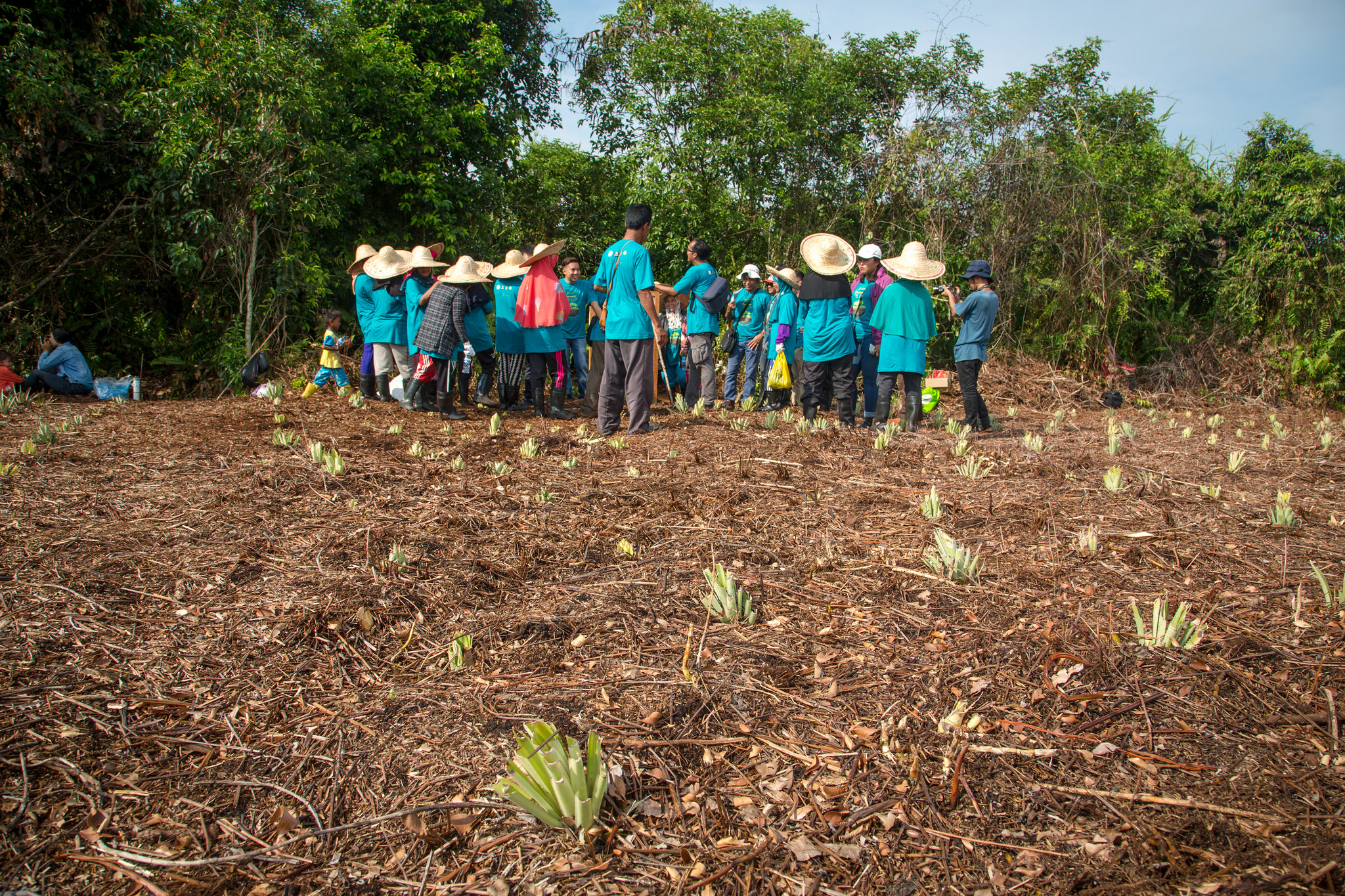Description
Forest landscape restoration (FLR) aims to regain ecological integrity and enhance human well-being in landscapes that have lost forest cover, forest qualities, and forest-based contributions to people. The Bonn Challenge to bring 150 M ha into restoration by 2020, and the New York Declaration to restore 350 M ha by 2030, are both based on FLR concepts, principles and practices.
Now, global attention is shifting from committed hectares to actual implementation. Yet translating high-level national targets and initiatives into practical action is challenging. Realities on the ground, across the globe, can hamper ambitious, occasionally unrealistic, objectives. Likewise, global hectare-based objectives require careful interpretation and adaptation at the landscape or local level in order to provide more than just tree cover. This project is based on the premise that forest landscape restoration is a long-term process and that in theory, aims at permanent land use change. The question is: what needs to be in place for FLR to become a reality in different biomes and highly diverse socio-political environments? The project tackle this question by looking at how permanence and adaptive management impact on effective forest restoration, linking both issues to national climate strategies.
Project activities are implemented in three work packages which collectively aim at understanding essential dimensions which affect the permanence of FLR interventions.



































